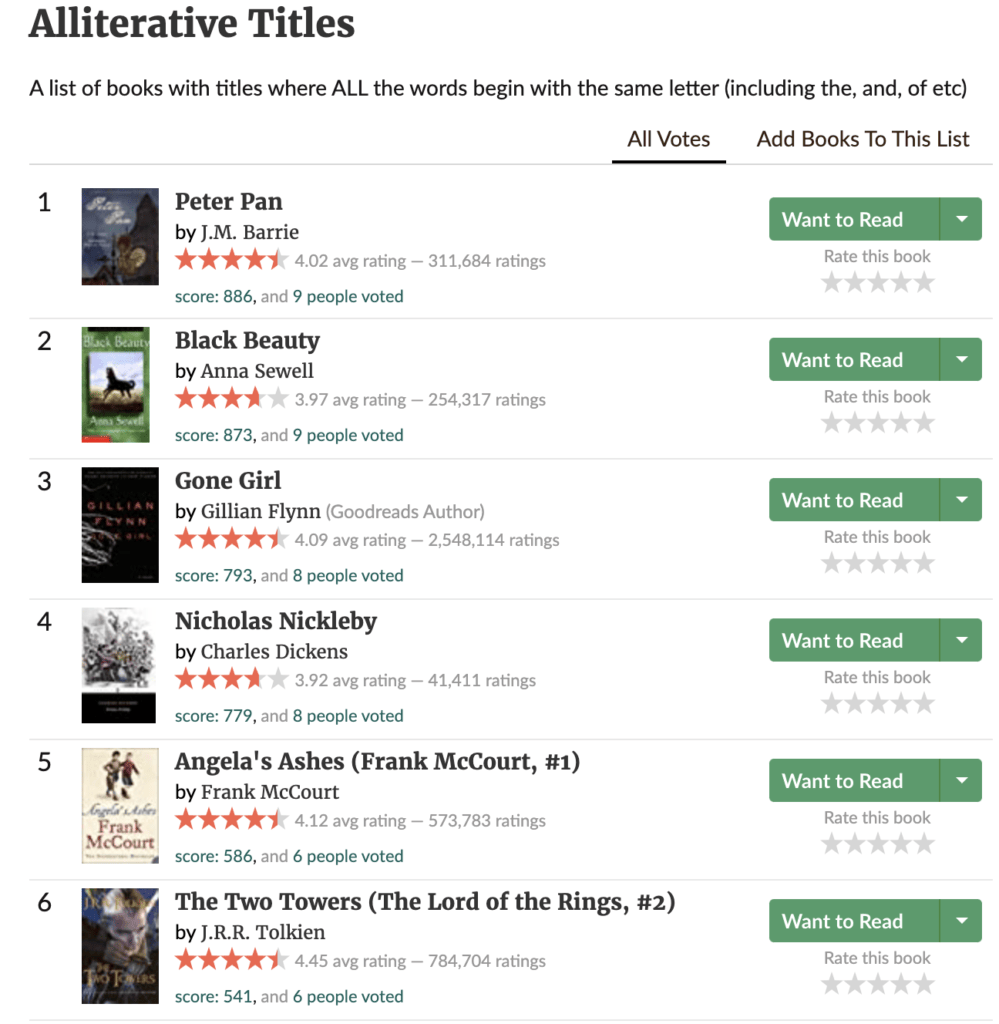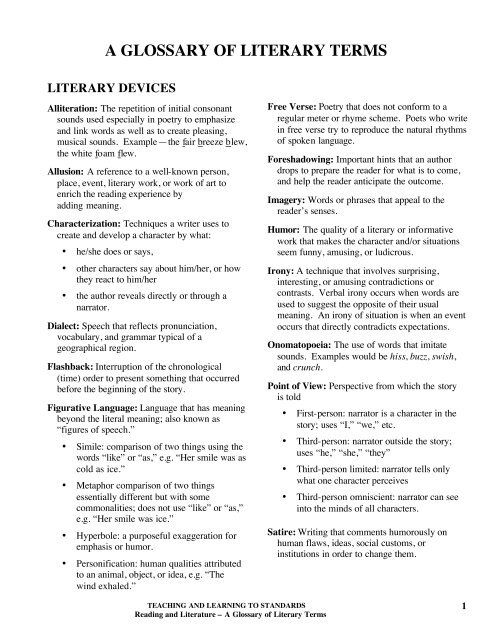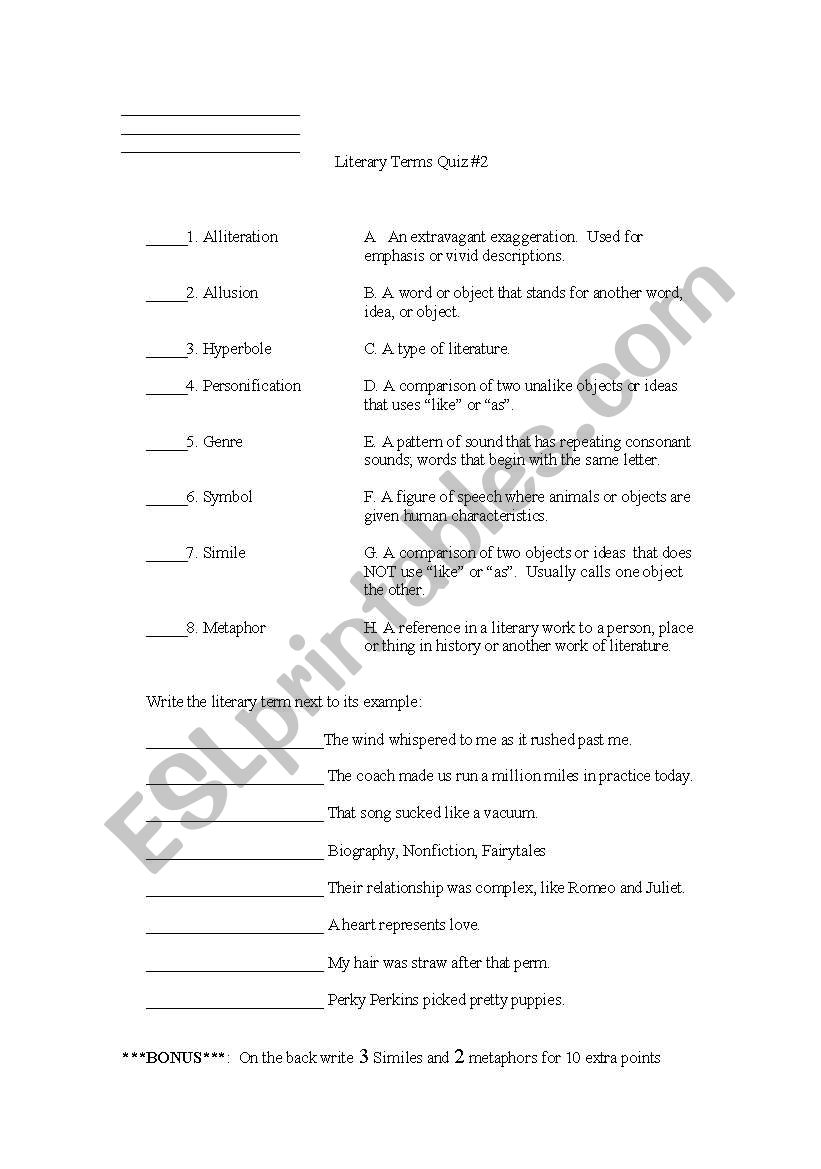Literary language refers to the way that writers use language to convey meaning, evoke emotion, and create a sense of style in their works of literature. There are many different terms used to describe the various elements of literary language, and understanding these terms can help readers better appreciate and analyze the literature they encounter.
One important element of literary language is figurative language, which refers to the use of language that goes beyond its literal meaning in order to create a more vivid or imaginative effect. Examples of figurative language include metaphors, similes, and personification. A metaphor is a figure of speech that compares two unlike things without using the words "like" or "as." For example, "the world is a stage" is a metaphor that compares the world to a stage. A simile is a figure of speech that compares two unlike things using the words "like" or "as." For example, "her eyes were like stars" is a simile that compares a person's eyes to stars. Personification is a figure of speech that attributes human qualities or characteristics to non-human things. For example, "the wind whispers secrets" is an example of personification, as the wind is given the ability to speak and communicate.
Another important element of literary language is imagery, which refers to the use of language that creates vivid sensory impressions in the reader's mind. Imagery can be visual, auditory, olfactory, gustatory, or tactile, and it helps to create a sense of atmosphere or mood in a piece of literature. For example, a writer might describe the "salty tang of the ocean" in order to create a sense of the beach, or they might describe the "icy grip of fear" in order to convey a sense of dread.
Symbolism is another important element of literary language, and it refers to the use of objects, characters, or events to represent something beyond their literal meaning. Symbols can be used to suggest themes, ideas, or emotions in a work of literature. For example, a white dove might symbolize peace, while a black cat might symbolize bad luck or evil.
Finally, tone is an important element of literary language that refers to the attitude or perspective that a writer takes towards a subject. Tone can be serious, playful, sarcastic, mocking, or any number of other qualities, and it can help to create a sense of mood or atmosphere in a work of literature.
In conclusion, literary language is an important aspect of literature, and understanding the various terms used to describe it can help readers better appreciate and analyze the literature they encounter. Figurative language, imagery, symbolism, and tone are all important elements of literary language that writers use to convey meaning, evoke emotion, and create a sense of style in their works.
Literary Terms: Terminology & Examples

Literal translation, or rendering foreign words by their primary definitions in another language, works as long as we're dealing with straightforward word correlations, such as the Latin corpus to the English body. Traces of Dreams: Landscape, Cultural Memory, and the Poetry of Bashō. A figure of speech that makes a reference to or a representation of people, places, events, literary works, myths, or works of art, either directly or by implication. To take your hair - Literal or figurative language in translations? Such errors were called typos, and the term has survived and thrived into modern times. It is a neurological phenomenon in which stimulation of one sensory or cognitive pataway leads to automatic, involuntary experience in a second sensory or cognitive pathway. Many idioms are specific to one language or region.
Examples of Literary Terms for Kids

More specifically a meronym is a word technically referring to a part of something but which is used to refer to the whole thing, for example: 'All hands on deck' in which 'hands' are a part of each crew member yet the word is used, as a meronym, to refer to the crew members , or 'Feet on the street' in which 'feet' is a meronym for the people, who are on the street'. In The Catcher in the Rye , narrator Holden Caulfield often uses hyperbole to exaggerate his circumstances. As a contrast, how do you think someone like Stephen King would discuss this same incident? Limerick A type of poem, often humorous, made up of three long lines and two short lines that follow an aabba rhyme scheme. Therefore, translating the sentence Te estoy tomando el pelo literally would make very little sense to Anglophones, since doing so would render, 'I am taking your hair. You can find lots of examples of alliteration in poems and stories.
Literary Terms

A foot consisting of two syllables of approximately equal stress. See cadence - in linguistics cadence refers to the fall in pitch of vocalized sounds at the end of phrases and sentences, typically indicating an ending or a significant pause. Quite separately, many ordinary pangrams in non-English languages produce delightful translations into English N. It is a branch of philosophy dealing with the nature of art, beauty and taste. Instead, combining these words into a single phrase yields an expression that identifies something as excellent, extraordinary or just really cool. Definition of literary language Language seeks to produce artistic As said, literary language is a particular formulation of ordinary language, taking into account aspects of artistic, philosophical and aesthetic Apoem, anovel, even a speech delivered before a rostrum or a prayer, are examples of the use of language for purposes other than those pursued by a note on the refrigerator or a phone call to the cable In them, language alters its usual rules and explores the limits of what can be saidand how, finding new forms of expression of the deep contents of the The poetic function of language Language scholars such as the Russian the appellative function reprimand the other to do something that one wishes , the expressive function communicate to whoever listens the state of mind of the issuer and the poetic function of language. .








